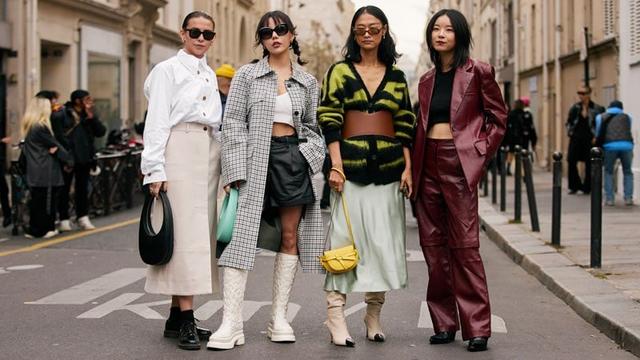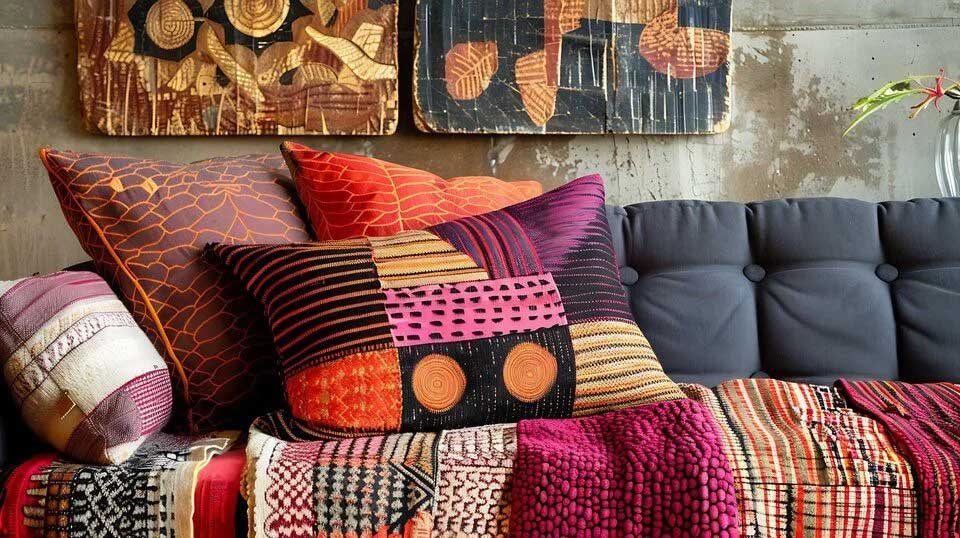
China's luxury market, once marked by conspicuous consumption and a booming economy, is undergoing a significant transformation. The current economic scenario, with slower growth and a focus on domestic brands, is reshaping consumer preferences and forcing international players to adapt.
Market resizes
The total market size of China's luxury market reached an estimated ¥4.7 trillion ($730 billion) in 2023 as per Bain & Company, reflecting a slight decline from the previous year. However, the annual CAGR remains positive, albeit at a slower pace. And McKinsey & Company predicts a CAGR of around 6-8 per cent for the next few years, compared to the double-digit growth witnessed in the past decade. This indicates a maturing market with a focus on quality and experience over mere brand logos.
International brands still dominant, but facing scrutiny
International luxury brands continue to hold a significant share of the Chinese market, accounting for roughly 70 per cent of total sales in 2023, reveals Jing Daily. However, their CAGR has mirrored the overall market slowdown, falling from double-digits to a projected 4-6 per cent in the coming years, as per Euromonitor International. This trend reflects a growing preference for experience and value among Chinese consumers, who are becoming more discerning. In fact, domestic brands like Huili (jewelry) and Anerdam (apparel) have captured a growing portion of the market.
Table 1: Market share of international vs. domestic brands (2018-2023)
|
Year |
International brands |
Domestic brands |
|
2018 |
85% |
15% |
|
2019 |
82% |
18% |
|
2020 |
78% |
22% |
|
2021 |
75% |
25% |
|
2022 |
72% |
28% |
|
2023 |
70% |
30% |
Shifting consumer behavior, beyond the logo
Luxury powerhouses like Louis Vuitton, Chanel, and Dior remain at the forefront, consistently ranking among the top sellers. Here's a glimpse at some leading brands and their estimated sales in China (¥ billion).
Table 2: Leading brands and sales
|
Brand |
Sales (2023 estimated) |
|
Louis Vuitton |
45 |
|
Chanel |
40 |
|
Dior |
38 |
|
Gucci |
35 |
|
Hermès |
32 |
These figures suggest a relatively stable market share for established brands. However, a new wave of domestic contenders like Shanghai Tang and Huishan Zhang are gaining traction, particularly among younger consumers seeking a unique cultural identity within the luxury space.
Chinese luxury consumers are evolving. Previously, brand logos and conspicuous consumption were the primary drivers. Now, factors like quality, craftsmanship, and brand storytelling are gaining importance. Today's savvy consumer seeks a personalized experience that aligns with their values. This shift is evident in the growing popularity of:
Sustainable practices: Consumers are becoming more environmentally conscious, demanding transparency and eco-friendly practices from luxury brands.
Cultural resonance: Brands that incorporate elements of Chinese heritage or collaborate with local artists are resonating strongly with consumers.
Experience over logo: Luxury is no longer just about the brand name. Experiences, storytelling, and brand values are gaining importance.
Digital savvy: Millennials and Gen Z are driving the rise of online luxury purchases influencing brands to invest heavily in e-commerce platforms.
Impact of an e-commerce boom
The emergence of e-commerce giants like Alibaba's Tmall Luxury and JD.com has revolutionized luxury retail in China. These platforms offer convenience, access to a wider range of products, and exclusive online offerings. However, challenges remain with counterfeits as online space is susceptible to counterfeiting, which can erode trust in authentic luxury brands. Return policies is also an issue especially for luxury brands as they are traditionally hesitant about lenient return policies, which can deter online purchases. Brands are investing in robust logistics and customer service infrastructure to address these concerns. Moreover, the digital environment doesn't fully replicate the personalized service and exclusivity associated with brick-and-mortar stores. Luxury brands need to adapt their storytelling to resonate effectively in the digital realm.
Brand strategies
Luxury brands are actively adopting strategies to overcome these challenges:
Omnichannel approach: Integrating online and offline experiences with features like virtual try-on and click-and-collect services.
Livestreaming: Engaging consumers through live product launches and influencer endorsements on streaming platforms.
Social commerce: Building communities on social media platforms like WeChat to foster brand loyalty and personalized experiences.
Enhanced logistics: Implementing robust return and authentication policies to build trust and encourage online purchases.
Sustainability efforts: Consumers are increasingly environmentally conscious. Luxury brands that prioritize sustainability gain a competitive edge.
China's luxury market is entering a new phase characterized by slower but more sustainable growth. Consumers are becoming more value-conscious, seeking meaningful experiences and brands that align with their evolving preferences. This presents both challenges and opportunities for international and domestic brands alike. By adapting to the changing landscape, embracing digital innovation, and prioritizing a customer-centric approach, luxury brands can navigate the shifting sands of the Chinese market and secure their place in this dynamic space.












